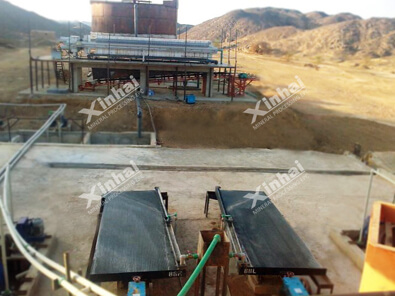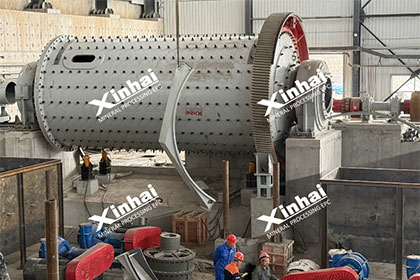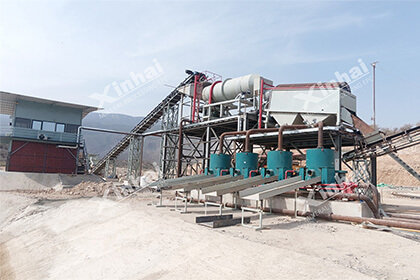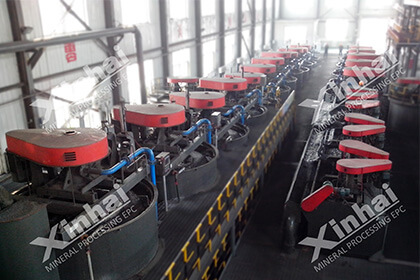The Ultimate Guide to Gold Shaking Table
 Shirley
Shirley
 Mar 07, 2024
Mar 07, 2024
 5177
5177
If you want to know more details about equipment, solutions, etc, please click the button below for free consultation, or leave your requirements!
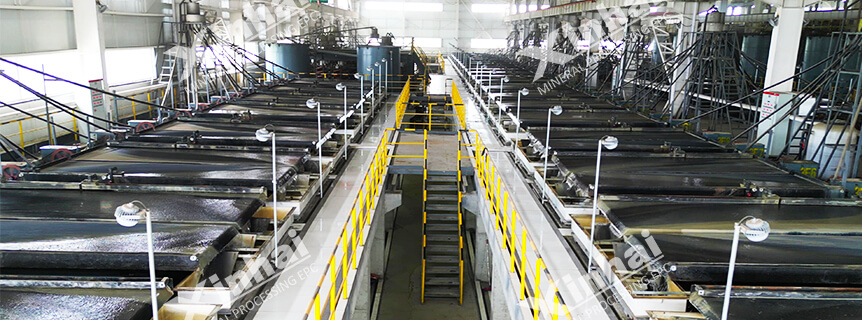
In the intricate world of mineral processing, the quest for purity and the extraction of valuable minerals is an art form. Among the various methods employed to separate the precious from the mundane, the gold shaking table stands as a testament to human ingenuity and the enduring pursuit of refining the earth's riches. This comprehensive guide delves into the history, mechanics, and applications of gold shaking tables, shedding light on their pivotal role in the modern mining industry.
01Historical Context
BackThe concept of using shaking tables dates back to the mid-19th century, with the first patent issued to an American inventor, James R. Wilfley, in 1865. These tables were initially designed to separate coal from slate, but their potential for mineral separation was quickly recognized. Over the years, the design has evolved, and today's gold shaking tables are sophisticated machines that play a crucial role in the recovery of gold and other precious metals.
02How Do Gold Shaking Tables Work?
BackAt the heart of a gold shaking table is the principle of gravity separation. The table consists of a flat, riffled surface that is set at an angle to the horizontal. When fed with a mixture of water and mineral particles, the table's oscillating motion creates a thin film of water over the surface. This motion, combined with the gravitational pull, causes the denser minerals, such as gold, to settle and move in a different direction than the lighter materials.
The shaking table's design is optimized for the specific gravity of gold, which is approximately 19.3 times that of water. This means that gold particles, regardless of their size, will have a natural tendency to sink and move towards the lower end of the table, where they can be collected. The riffles, or corrugations, on the table's surface further enhance this separation by creating small channels that trap the heavier particles.
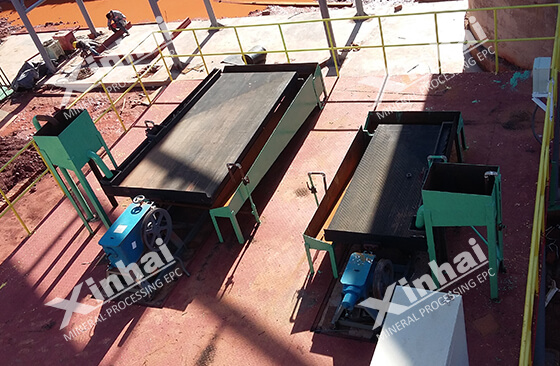
03Operating Variables and Principles
BackThe efficiency of a gold shaking table is influenced by several operating variables, including the feed rate, feed density, feeding size, and the amplitude and frequency of the shaking motion. These variables must be carefully controlled to achieve optimal separation. For instance, a higher feed rate may result in a lower recovery rate, as the gold particles may not have enough time to settle before being washed away.
The shaking table's motion is typically generated by a mechanical device, such as an eccentric shaft or a cam mechanism. This motion can be adjusted to suit the specific requirements of the feed material, ensuring that the table operates at its most effective capacity.
04Applications and Benefits
BackGold shaking tables are used in a variety of applications, from small-scale artisanal mining operations to large-scale commercial mines. They are particularly effective for the recovery of fine gold particles, which are often difficult to capture using other methods such as sluice boxes or spiral wheels.
One of the key benefits of using shaking tables is their low energy consumption. Unlike other separation methods that require significant power input, shaking tables rely primarily on the force of gravity, making them an environmentally friendly option.
Additionally, shaking tables offer a high degree of control over the separation process. Operators can fine-tune the settings to target specific minerals or adjust the process to accommodate changes in the feed material.
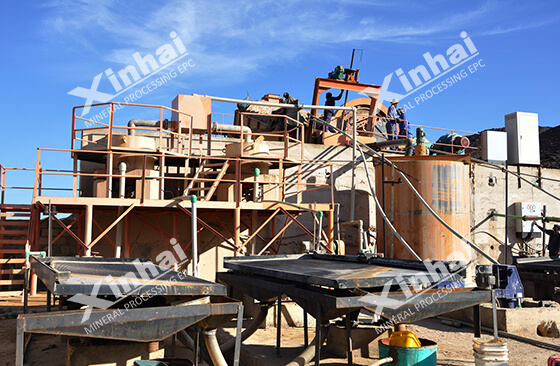
05Types of Gold Shaking Tables
BackThere are several types of gold shaking tables available on the market, each with its unique features and capabilities. Some of the most common types include:
RP-4 Shaker Table: This compact table is designed for small-scale operations and can process up to 100 lbs. of material per hour. It uses a reverse polarity of rare earth magnets to enhance the separation of gold from magnetic minerals like magnetite.
Wilfley Shaker Table: Known for its robust construction and high recovery rates, the Wilfley table is suitable for both small and large-scale mining operations. It is available in various sizes and configurations to meet specific processing needs.
Mozley SuperPanner: This laboratory-grade shaking table is designed for fine-tuning and testing separation processes before scaling up to full-scale production.
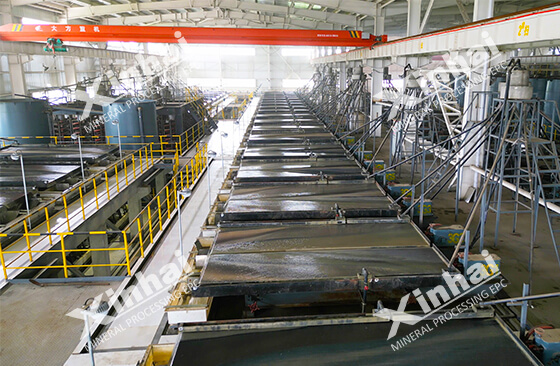
06Conclusion
BackGold shaking tables are a testament to the enduring power of gravity in the realm of mineral processing. Their ability to separate gold and other precious metals with precision and efficiency makes them an indispensable tool in the mining industry. As technology continues to advance, we can expect further innovations in the design and functionality of shaking tables, ensuring that they remain at the forefront of mineral recovery for years to come.
In the pursuit of extracting the world's most coveted resources, the gold shaking table stands as a symbol of human innovation and the relentless drive to harness the earth's bounty. With its gentle yet powerful motion, it separates the valuable from the ordinary, transforming raw materials into treasures that have captivated civilizations throughout history.
 +86 183 3575 8886
+86 183 3575 8886 pinklaurabao@gmail.com
pinklaurabao@gmail.com




 Message
Message Chat Now
Chat Now


